Imagine a dog that combines the boundless energy and devotion of a Labrador Retriever with the gentle charm and intelligence of a Golden Retriever. This isn’t just a dream for dog lovers—it’s a reality in the form of the Goldador. The Goldador, a hybrid breed emerging from two of the most popular dog breeds in the world, offers the best of both lineages, making it an ideal companion for families, singles, and active individuals alike. Whether it’s their friendly demeanor, their aptitude for training, or their unwavering loyalty, Goldadors are quickly becoming a favorite among those who appreciate the unique qualities they bring to the mix.
The purpose of this guide is to dive deep into the world of Goldadors, exploring not only their origins and characteristics but also why they might just be the perfect addition to your home. These pups are not only suitable as family pets but also excel in roles such as service or therapy animals, thanks to their versatile and adaptable nature.
Read More: The History of Dog Breeding and the Rise of Designer Dogs!
1. History and Origin
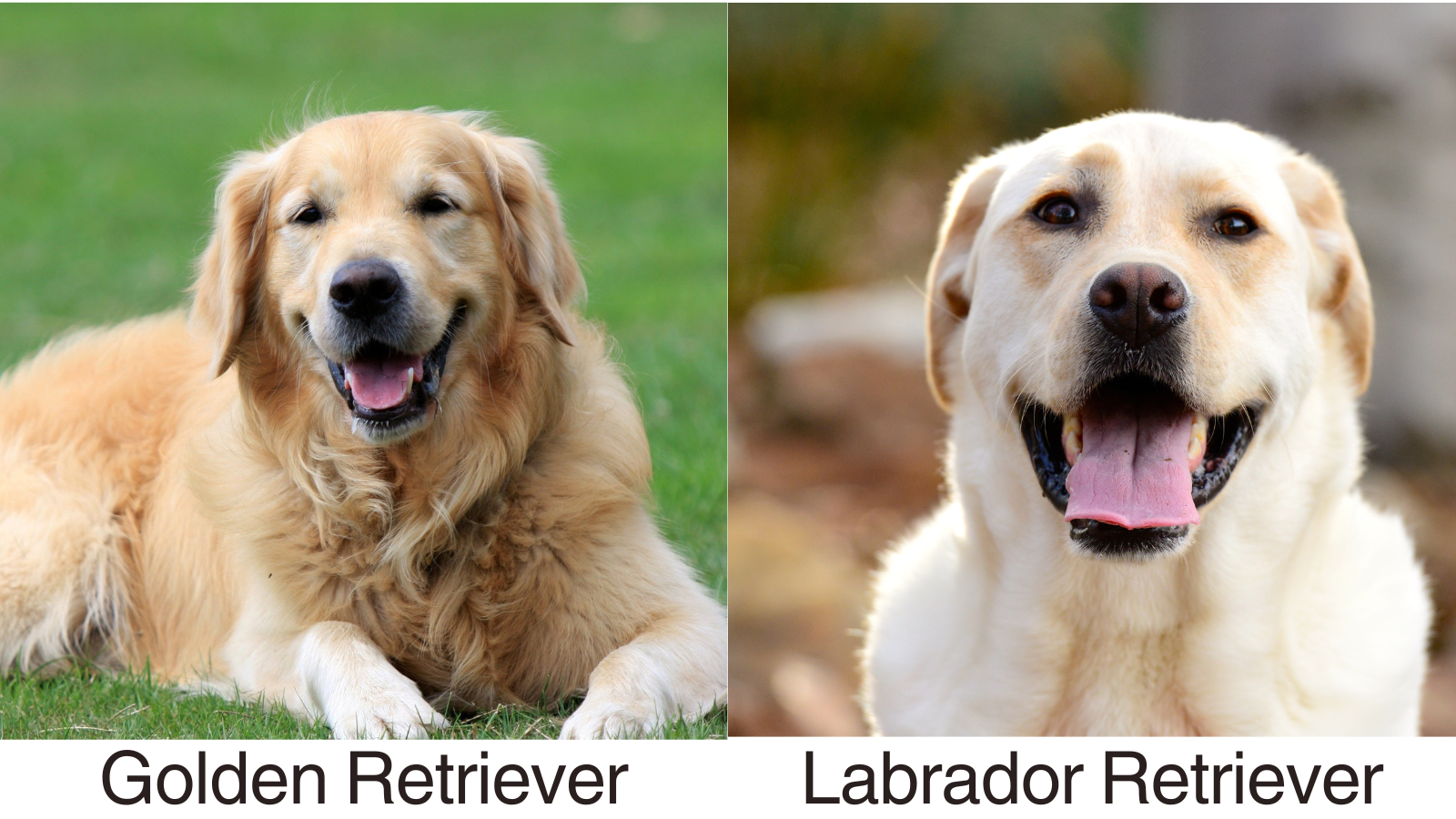
The story of the Goldador begins with its parent breeds, the Golden Retriever and the Labrador Retriever, both of which have rich histories and have been beloved for generations.
Golden Retriever: Originating in the Scottish Highlands during the late 1800s, the Golden Retriever was developed by Lord Tweedmouth. He aimed to create a dog that was robust and energetic enough to handle the rugged terrain and inclement weather of the area, but gentle and trainable enough to retrieve game during hunting without damaging it. This breed quickly gained popularity for its superb retrieving abilities, gentle disposition, and striking golden coat.
Labrador Retriever: The Labrador’s origins can be traced back to the St. John’s Dog, a breed from the island of Newfoundland (not Labrador, as the name might suggest). In the early 19th century, Labs were employed by fishermen to help in pulling nets from the water and catching escaped fish. British nobles visiting Canada saw the breed’s potential and brought several dogs back to England, where they refined and standardized the breed into the Labrador Retriever known today.
The Goldador emerged as a distinct entity in the late 1990s and early 2000s, though mixed breeds of Golden Retrievers and Labradors naturally existed before they were intentionally bred. Breeders sought to combine the best traits of the Goldens and Labs—temperament, size, and trainability—into a single breed that was sociable, highly trainable, and less prone to shedding, which is often seen in purebred Goldens. Today, Golden Retriever Lab is celebrated for their role as an excellent family member, as well as their effectiveness as service dogs due to their trainable nature and gentle disposition.
2. Understanding Mixed Breed Dogs
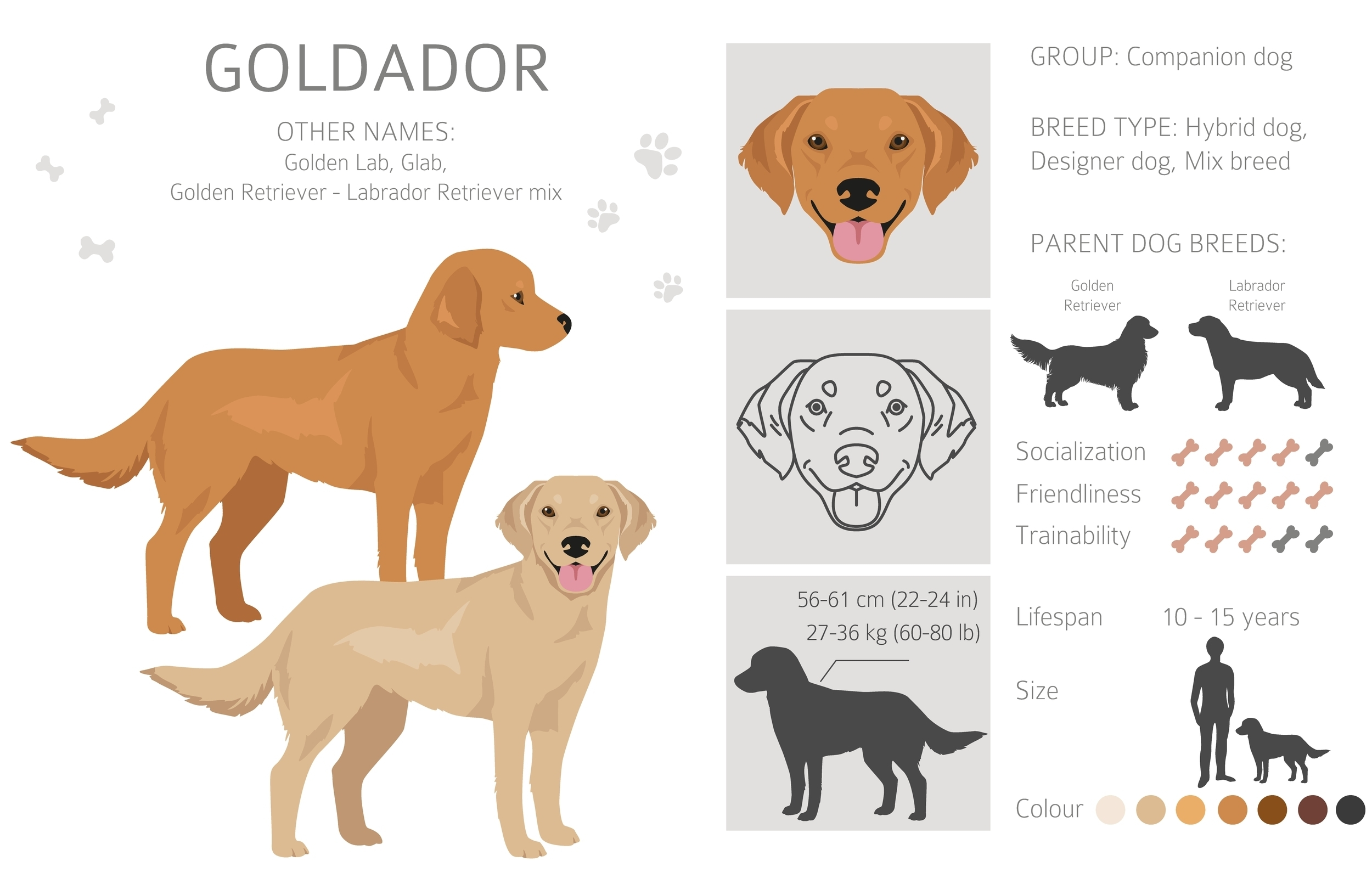
Understanding mixed breed dogs like the Goldador requires a look at their breeding generations, the variability of traits they can inherit, and their path to recognition as a distinct breed.
Generations of Breeding: Mixed breed dogs are typically classified by their generation:
-
F1 Generation: The first generation results from the direct mixing of two purebred dogs, in this case, a Golden Retriever and a Labrador Retriever. F1 Goldadors are 50% Golden Retriever and 50% Labrador, inheriting traits directly from their purebred parents.
-
F2 Generation: This generation results from the breeding of two F1 Goldadors. F2 puppies can have more varied traits, with some leaning more towards Golden Retriever characteristics and others more towards Labrador characteristics.
-
F3 Generation and Beyond: These are bred from F2s or a mix of further mixed F1 and F2 dogs. With each subsequent generation, the predictability of traits can diminish unless selective breeding practices are implemented to stabilize certain desired characteristics.
Trait Variability in Mixed Breed Dogs: Trait variability is significant in mixed breeds. Goldadors can inherit any mix of traits from their parent breeds. This includes physical characteristics such as coat color and texture, which can range from the short, dense coat of a Lab to the long, flowing coat of a Golden, and behavioral traits like the Golden’s affinity for human interaction or the Lab’s high energy and eagerness to please. This genetic diversity can make each Goldador unique but also challenges breeders to maintain consistency within the breed.
Path to Recognition: The road to recognition for mixed breeds like the Goldador involves both formal and informal pathways. Informally, recognition can come from the widespread popularity and acceptance among the general public and breeders who appreciate the mixed breed’s qualities. Formally, recognition might involve registering with hybrid or designer dog registries, which track the breed’s traits and lineage to ensure consistency and health standards are maintained. Full recognition by major kennel clubs like the AKC is rare for mixed breeds and involves a rigorous process that may require the establishment of a breed club, a detailed breed standard, and a considerable population size.
Through this detailed exploration of the Goldador’s history and the intricacies of mixed breed dogs, it’s clear that the Goldador is not just a blend of two breeds but a celebration of the best qualities each breed has to offer, crafted into one versatile and loving companion.
3. Physical Characteristics

Goldadors inherit a blend of physical traits from their Golden Retriever and Labrador Retriever parents, resulting in a dog that is both sturdy and attractive. They typically weigh between 55 and 80 pounds, standing about 22 to 24 inches tall at the shoulder, making them a medium to large-sized dog.
Appearance:
The Goldador’s coat can vary significantly due to the genetic influence of their parents. It often manifests in colors ranging from the creamy hues of the Golden Retriever to the darker shades of chocolate, black, and the classic yellow of the Labrador. The coat itself may be short like a Lab’s or slightly longer and wavier, reminiscent of a Golden’s, though it is usually denser and water-resistant, a trait inherited from both parents. This makes the Goldador an excellent choice for families looking for a pet that can handle various outdoor activities in different climates.
Eyes and Expression:
Goldadors often inherit the warm, friendly eyes of both parent breeds, typically brown in color, which convey a gentle and intelligent demeanor. Their expressions often reflect their approachable and affable nature, making them particularly endearing to their families.
Build:
These dogs possess a well-proportioned build with a strong back, muscular legs, and a tail that wags energetically. Their body is slightly longer than they are tall, providing a balanced appearance that underscores their athleticism and strength.
4. Temperament and Personality
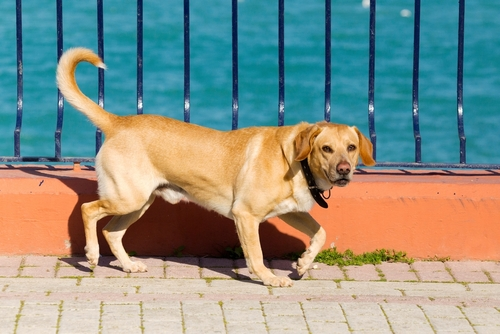
The Goldador’s temperament is one of its most cherished attributes, combining the best characteristics of its parent breeds. Known for their intelligence, friendliness, and loyalty, Goldadors make excellent family pets, service animals, and companions.
Friendly and Sociable:
Goldadors are known for their exceptional friendliness. They thrive on human interaction and are known to be especially good with children, making them an ideal choice for a family pet. Their sociable nature also extends to other animals, and they are often very comfortable living with other dogs or pets in the household.
Intelligent and Trainable:
Both the Golden Retriever and the Labrador Retriever are breeds known for their intelligence and eagerness to please, traits that the Goldador inherits in full. This makes them highly trainable and often used in roles that require obedience and learning, such as guide dogs for the blind, search and rescue dogs, and even in therapeutic settings to assist those with disabilities.
Energetic and Playful:
The Goldador has a zest for life that is infectious. They possess a playful spirit and require regular exercise to maintain their physical and mental health. Activities such as fetching, swimming, and long walks are perfect for a Goldador, providing essential bonding time with their owners and an outlet for their energy.
Loyal and Protective:
While not aggressive, Goldadors are often protective of their families. They are typically alert and will bark to alert their owners of anything unusual, making them excellent watchdogs. Their loyalty is profound, often forming strong, inseparable bonds with their family members.
The combination of these physical and temperamental traits makes the Goldador a versatile and highly desirable breed. Whether it’s providing companionship, serving as a working dog, or simply being a playful member of the family, the Goldador excels in many roles thanks to its diverse genetic heritage and the best qualities inherited from the Golden and Labrador Retrievers. This adaptability and the loving nature of the Goldador not only make it an ideal pet for a wide variety of households but also ensure its place as a cherished member of the family.
5. Health and Lifespan

Goldadors are generally healthy dogs, inheriting some of the robustness of both the Labrador and Golden Retriever breeds. However, like all breeds, they are predisposed to certain health conditions that prospective owners should be aware of. Typically, a well-cared-for Goldador can live between 10 to 15 years.
Common Health Issues:
-
Hip and Elbow Dysplasia: This is a common issue in larger breeds and can occur in Goldadors. It involves an abnormal formation of the hip or elbow joints, which can lead to arthritis or lameness.
-
Heart Diseases: Conditions like cardiomyopathy and heart valve problems can also be seen in this breed. Regular veterinary check-ups can help catch these issues early.
-
Eye Problems: Both parent breeds can pass on eye conditions such as progressive retinal atrophy and cataracts. Regular eye exams are recommended to monitor and treat any emerging eye conditions.
-
Cancer: Unfortunately, Goldadors may inherit a higher risk of certain types of cancer, which is notably prevalent in their Golden Retriever lineage. Regular health screenings and paying attention to any unusual symptoms can aid in early detection and management.
Care and Prevention: Proper care can significantly impact the health and longevity of a Goldador. This includes:
-
Regular Exercise: Keeping your Goldador active helps manage weight, which can reduce the stress on joints and decrease the likelihood of heart disease.
-
Balanced Diet: A nutritious, balanced diet tailored to their age, size, and energy level is crucial for maintaining overall health.
-
Routine Veterinary Visits: Regular Vet check-ups can catch health issues before they become severe. This includes vaccinations, parasite prevention, and health screenings.
6. Training and Exercise Needs
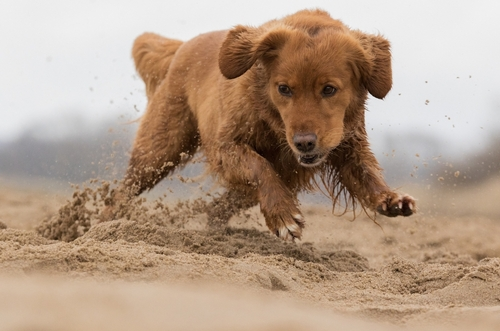
Goldadors are not only intelligent but also highly eager to please, making them relatively easy to train. They respond well to positive reinforcement techniques such as treats, praises, and play.
Training:
-
Early Socialization: Exposing your Goldador to a variety of people, places, and situations early on can help them develop into a well-rounded dog. Read our Socialization Check list here.
-
Obedience Training: Basic commands like sit, stay, come, and heel are easily grasped by Goldadors due to their keen intelligence.
-
Advanced Training: Given their aptitude, many Goldadors excel in agility training, advanced obedience, and even service and therapy dog training.
Read More: Dog Training 101 Essential Tips and Techniques
Exercise Needs:
-
Physical Activity: Goldadors require regular physical exercise to keep them healthy and prevent boredom. Daily walks, jogs, or play sessions in a securely fenced area are essential.
-
Mental Stimulation: Puzzle toys, hide-and-seek games, and new tricks can keep their mind active and engaged. See our top DIY Dog Enrichment Activities Here.
7. Suitability as Family Pets
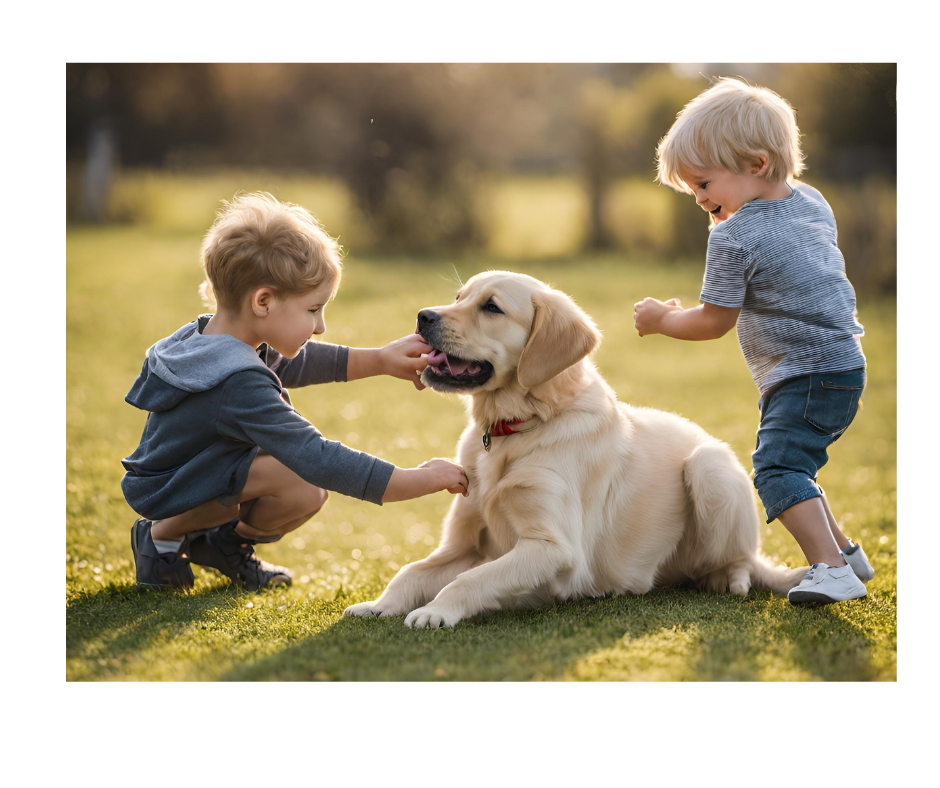
Goldadors excel as family pets due to their friendly nature, trainability, and loyalty. They have a gentle demeanor that makes them excellent companions for children of all ages. Their social nature means they generally get along well with other pets and are adaptable to a range of living situations, from large homes with yards to smaller living spaces, provided they get enough exercise.
Benefits for Families:
-
Companionship: Goldadors are known for their affectionate and loving nature, providing companionship that can enrich the lives of family members.
-
Activity Partner: They are great partners for outdoor activities, encouraging a healthy lifestyle for all family members.
-
Teaching Responsibility: Caring for a Goldador can help teach children responsibility and empathy.
In summary, the Goldador is a robust, friendly, and adaptable breed that fits well into various roles, whether as a beloved family pet, an active companion, or a dedicated service dog. Their versatility and ease of training make them an excellent choice for both novice and experienced dog owners alike. Their affectionate nature and protective instincts make them a beloved member of any family, promising a fulfilling relationship with all household members.
8. Role as Working Dogs
Goldadors have established a distinguished reputation as working dogs, excelling in a variety of roles due to their intelligence, trainability, and adaptability. Their calm demeanor combined with a keen desire to please makes them ideal candidates for several important functions.
Service and Assistance Dogs:
Goldadors are commonly trained as service dogs for individuals with disabilities. Their tasks can include helping those with mobility issues, performing acts such as retrieving items, opening doors, and providing stability. Their gentle nature also makes them suitable for therapeutic settings, where they act as comfort and therapy dogs in hospitals, schools, and nursing homes, providing affection and relief to those in need.
Search and Rescue (SAR) Roles:
The physical robustness and keen sense of smell of the Goldador make them excellent search and rescue dogs. They are used in various SAR operations, from finding missing persons in wilderness settings to locating survivors in disaster-struck areas.
Law Enforcement:
While not as common in law enforcement as some other breeds, Goldadors can be trained for roles in drug detection and as bomb-sniffing dogs due to their excellent nose and ability to learn complex commands.
9. Care and Maintenance

Maintaining the health and happiness of a Goldador requires regular care that encompasses physical maintenance, dietary management, and mental health.
Grooming Needs:
Goldadors require regular grooming to manage their coat, which can range from short and dense to slightly longer and wavy. Brushing a few times a week helps to reduce shedding, remove dead hair, and keep the coat healthy. They should also have regular baths, but not so frequently as to dry out their skin.
Read More: Essential Grooming for your Pet
Dietary Considerations:
Feeding a Goldador a balanced diet suitable for their age, size, and activity level is crucial. High-quality dog food that meets the nutritional standards set by the Association of American Feed Control Officials (AAFCO) is recommended. Portion control is important to prevent obesity, especially since Goldadors can be prone to overeating.
Read More: How to choose the best dry dog foods
Health Monitoring:
Regular check-ups with a veterinarian are essential to ensure they remain healthy. These check-ups should include routine screenings for the health conditions common to the breed, vaccinations, and parasite control.
10. Adoption, Buying Advice, & Community Support
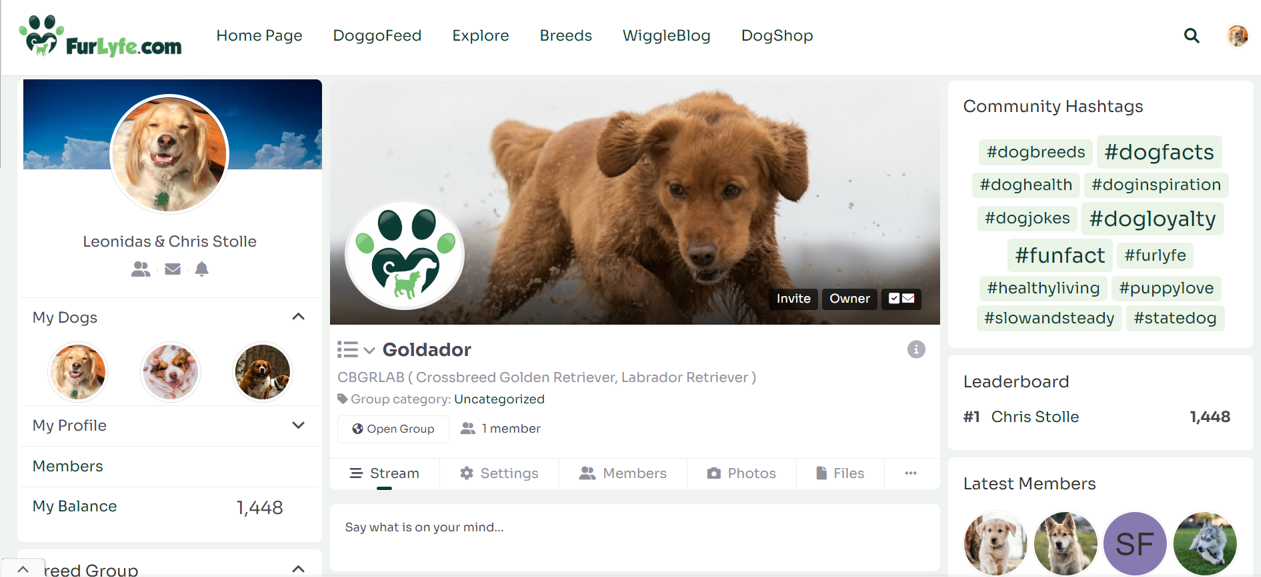
When considering adding a Goldador to your family, it’s important to decide whether to adopt from a rescue or purchase from a breeder. Each option has its merits and considerations.
Adopting a Goldador:
Adopting a dog can be a rewarding experience, giving a home to a dog in need. Many rescues and shelters have Goldadors or similar mixes who are looking for new homes. Adoption also typically costs less than buying a puppy from a breeder and often includes vaccinations, microchipping, and spaying or neutering.
Buying from a Breeder:
If you prefer a puppy and want to raise and train it from a young age, purchasing a Goldador from a reputable breeder might be the best option. Look for breeders who perform genetic testing on their breeding dogs to ensure they are free of common hereditary health issues. A good breeder will be transparent about the health of the puppies and the conditions in which they are raised.
Community Support:
Community and Support: New Goldador owners can find valuable support and advice from online forums, social media groups, and local clubs dedicated to Goldadors or their parent breeds. Facebook hosts a vibrant Goldador page with numerous members who actively share their experiences and advice. Additionally, websites like Furlyfe.com features a Goldador breed-specific groups where owners can discuss care tips, share experiences, and provide recommendations for addressing breed-specific issues. These communities offer insights into caring for Goldadors, facilitating a network of support that can be incredibly helpful for both new and experienced dog owners.
Conclusion
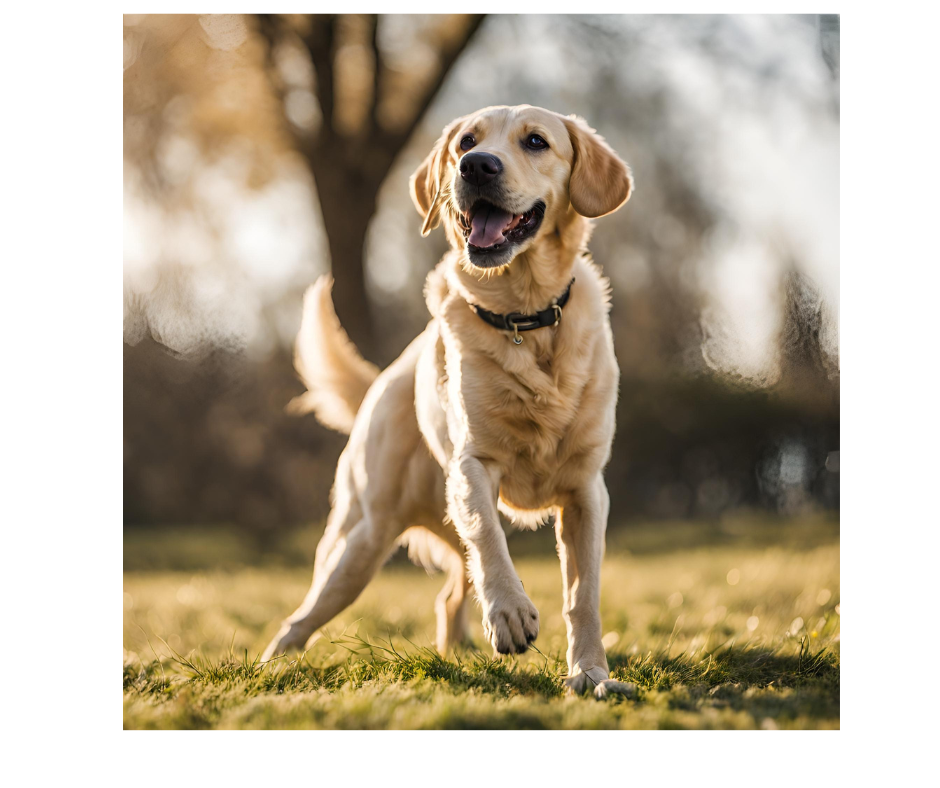
Goldadors are more than just pets; they are companions, workers, and family members. Their versatility and affable nature make them suitable for a variety of roles, from active family pets to dedicated working dogs. If you’re looking for a dog that embodies the qualities of loyalty, affection, and utility, the Goldador might just be the perfect breed for you. Embracing the responsibility of owning a Goldador means providing a loving home but also involves commitment to their care and training, ensuring a mutually rewarding relationship with this remarkable breed.
FAQs about Goldadors
1. What is a Goldador?
A Goldador, also known as a Golden Labrador, is a hybrid dog breed resulting from crossing a Golden Retriever with a Labrador Retriever. These dogs combine the best traits of their parent breeds, making them excellent family pets, companions, and service dogs. They are known for their friendly and outgoing nature, intelligence, and eagerness to please.
2. How big do Goldadors get?
Goldadors typically reach a height of 22-24 inches at the shoulder and weigh between 60-80 pounds. They have a sturdy build and a medium to large size, suitable for various activities and lifestyles.
3. What are the exercise needs of a Goldador?
Goldadors are active dogs that thrive on regular exercise. They require at least one to two hours of daily activity to stay healthy and happy. This should include walks, play sessions, and other physical activities. They are particularly fond of water and enjoy swimming.
4. Are Goldadors easy to train?
Yes, Goldadors are moderately easy to train due to their intelligence and eagerness to please. They respond well to positive reinforcement techniques such as treats and praise, making training a rewarding experience for both the dog and the owner.
5. What are the common health issues in Goldadors?
Goldadors are generally healthy, but they can be prone to certain health conditions like hip dysplasia, elbow dysplasia, some types of cancer, and ear infections. Regular veterinary check-ups and screenings can help manage and prevent these issues.
6. What is the lifespan of a Goldador?
Goldadors typically have a lifespan of 10-15 years. Proper care, a healthy diet, regular exercise, and routine veterinary visits contribute to a long and healthy life.
7. How are Goldadors with children and other pets?
Goldadors are excellent with children and other pets. They are gentle, affectionate, and patient, making them ideal family dogs. Their sociable nature allows them to get along well with other household pets.
8. What should I consider before getting a Goldador?
Before getting a Goldador, consider whether you can provide sufficient exercise, training, and companionship. They are social animals that thrive on interaction and are not suited to being left alone for long periods. Also, consider whether you will adopt from a rescue or buy from a reputable breeder.
9. Are Goldadors suitable for apartment living?
Goldadors can adapt to apartment living if they receive enough exercise and mental stimulation. However, due to their size and energy level, they are better suited to homes with more space where they can move around comfortably.
10. What kind of grooming do Goldadors need?
Goldadors require regular grooming to manage their coat, which can range from short and dense to medium-length and slightly wavy. Frequent brushing, occasional baths, and routine checks for ear infections are essential for maintaining their coat and overall health.

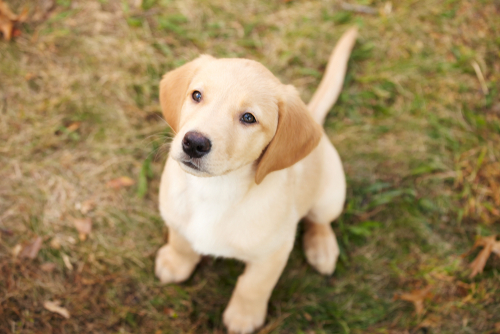
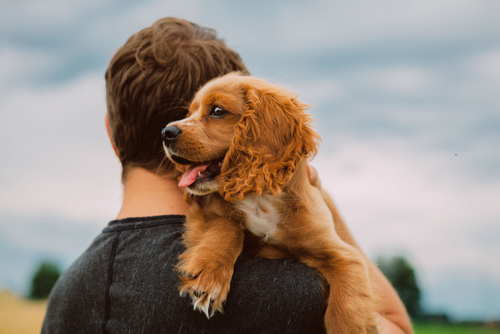
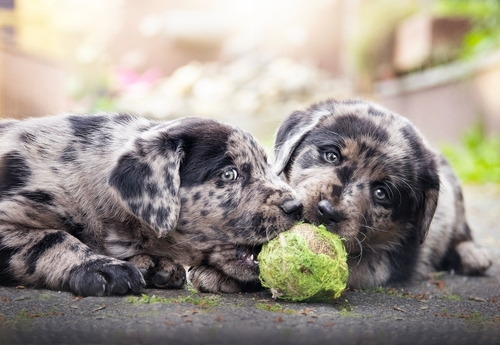
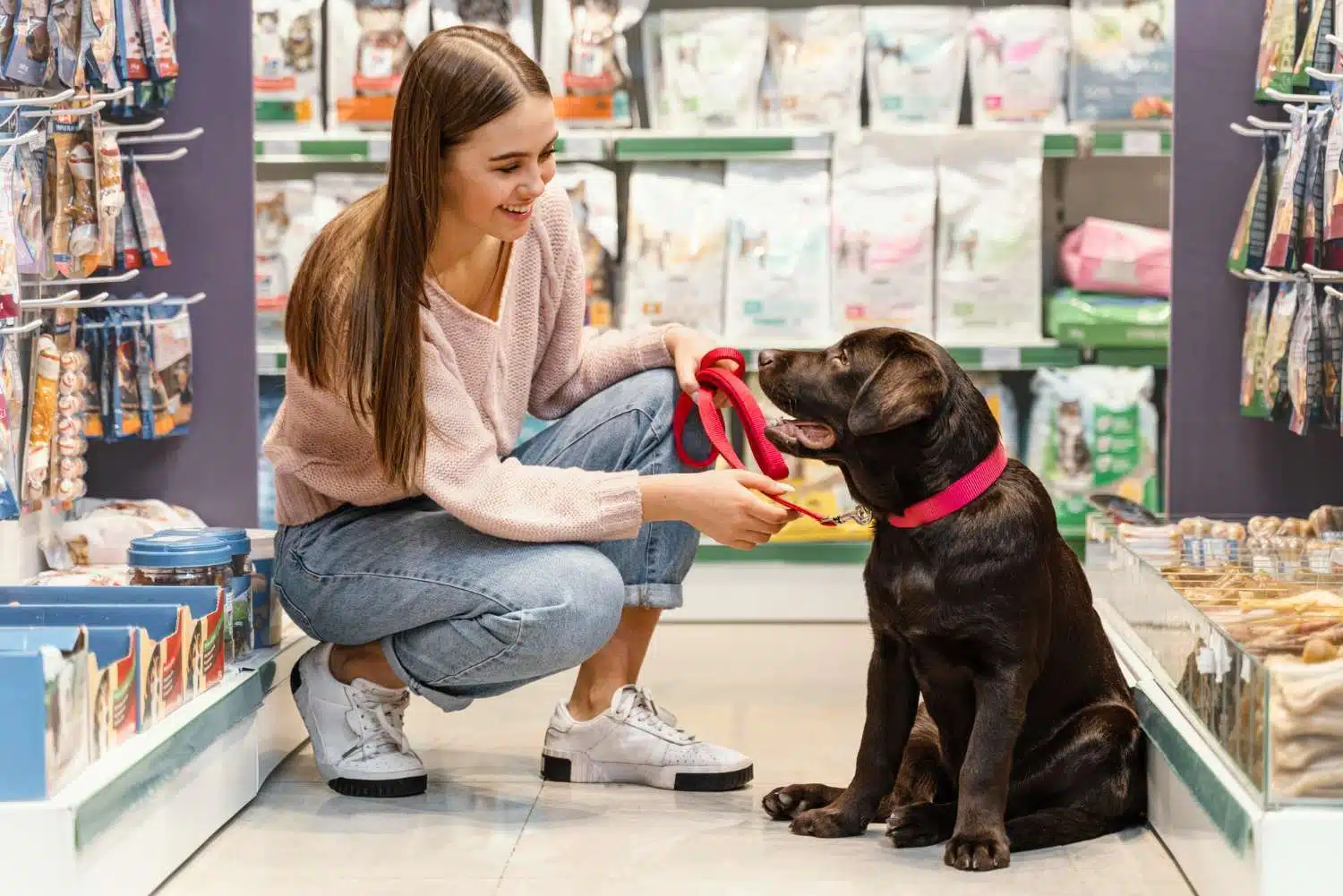

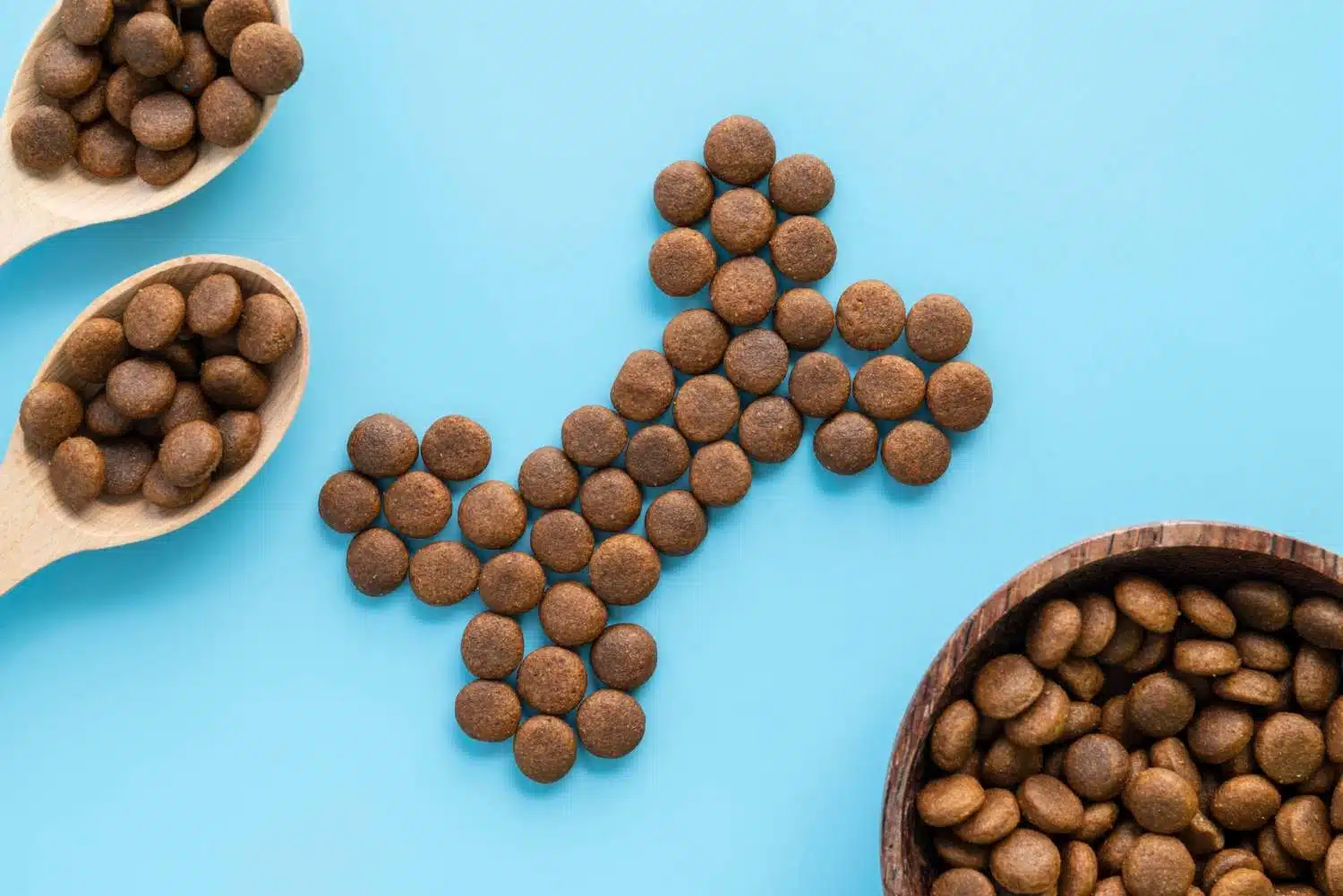


Get involved!
Comments